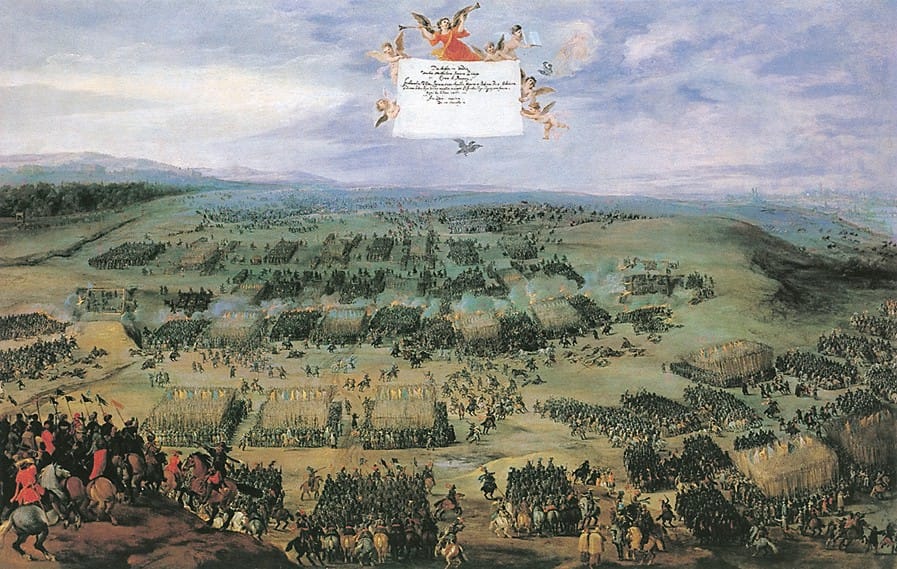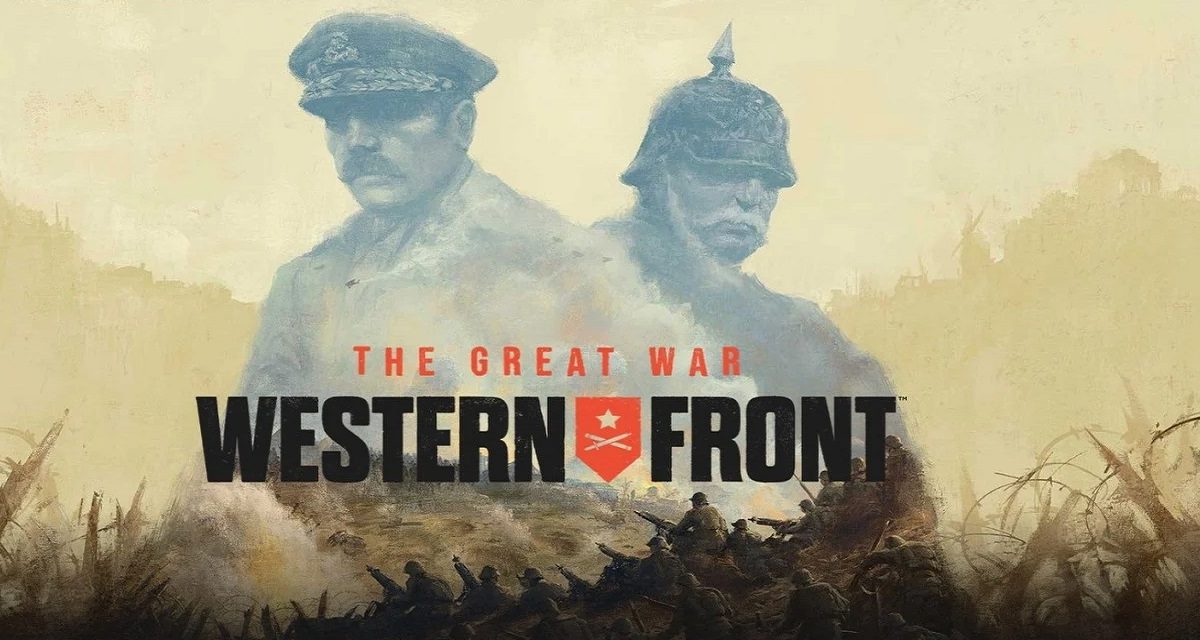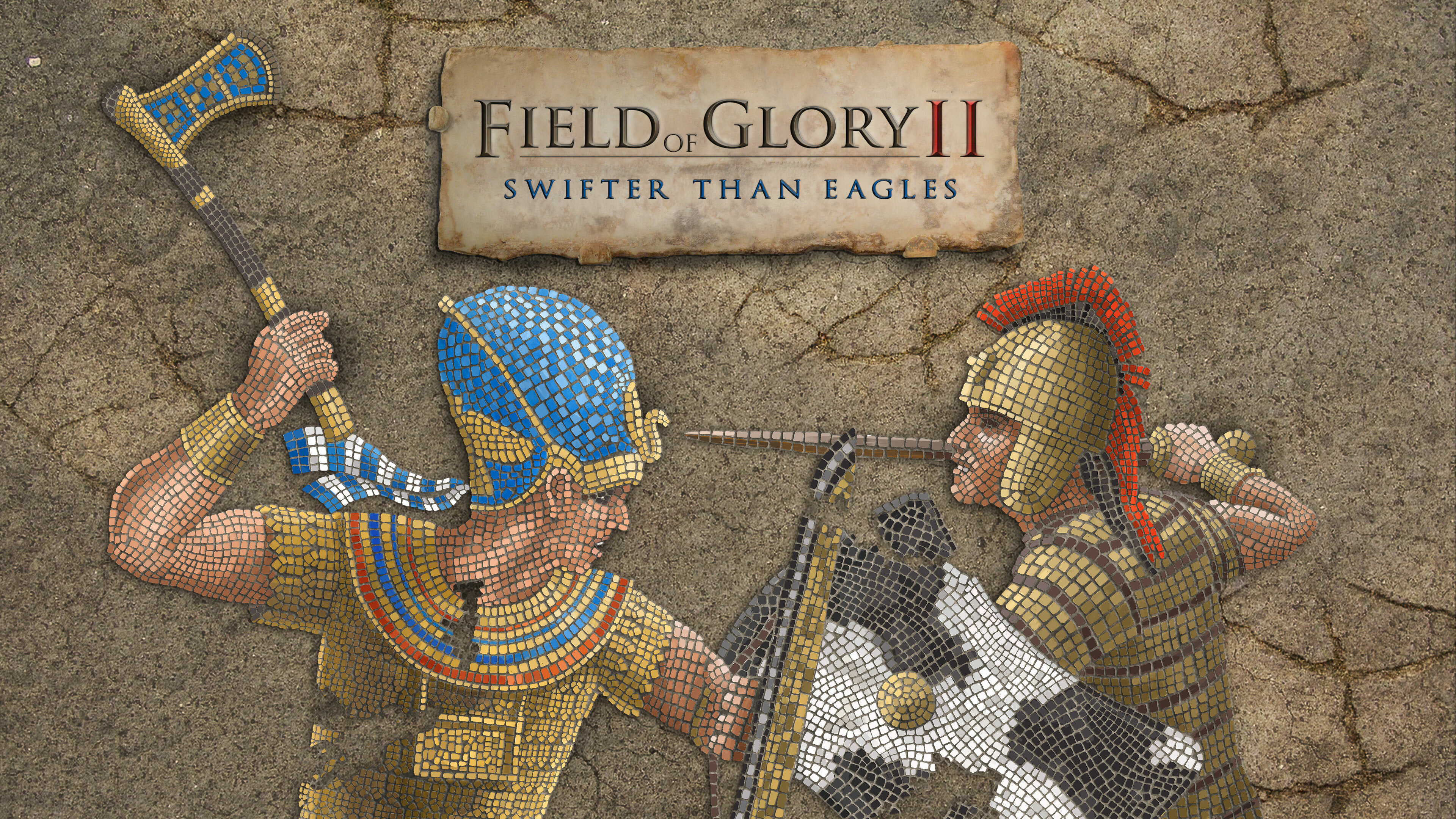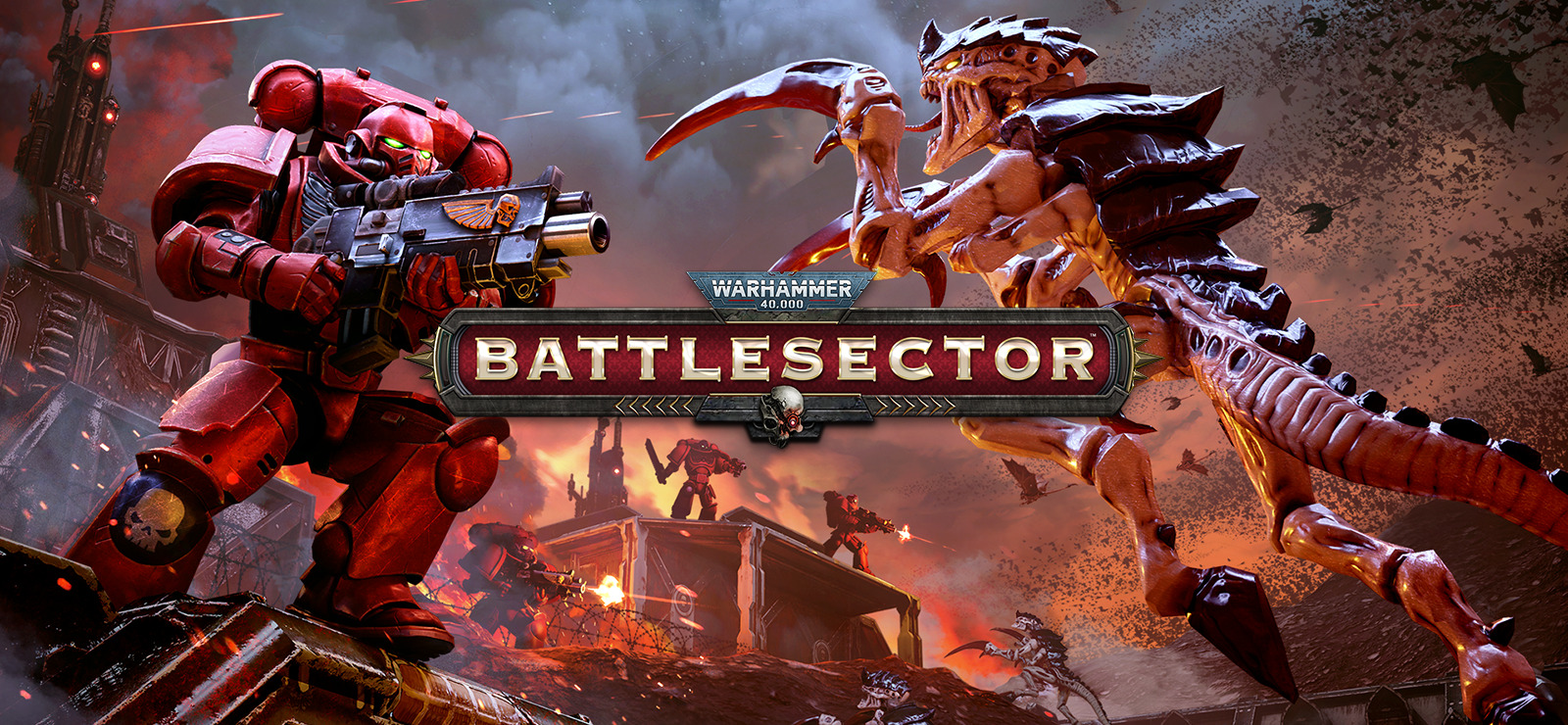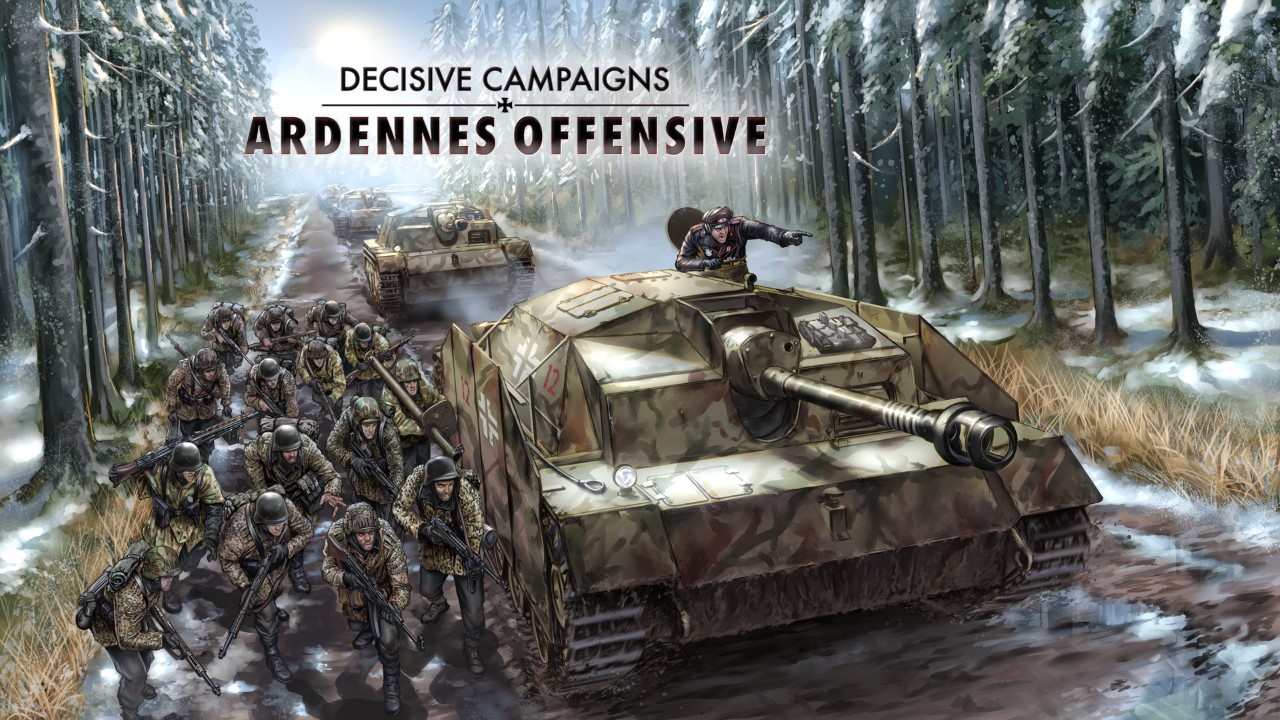Tag Archives: Pacific Theater
Classic Articles: A Different Theory of the Japanese Surrender
Did the Soviet Union’s actions influence Truman’s decision-making? ~
Brant Guillory, 8 August 2017
Today is the anniversary of the dropping of the atomic bomb on Hiroshima, which is alternately considered both controversial and essential to ending the war.
A few years ago, I had the good fortune to hear a talk at the Mershon Center at Ohio State by Dr. Tsuyoshi Hasegawa, discussing the impact of the bomb on Japan’s decision to surrender.
INTRODUCTION
I attend[ed] a weekly seminar series at the Mershon Center for Security Studies and Public Policy here at Ohio State University. On some weeks, the seminar coincides with guest speakers. Last week, Dr. Tsuyoshi Hasegawa came to talk, and this is a summary of his narrative. But first, it may be helpful to introduce Dr. Hasegawa by way of his Mershon Center bio:
Tsuyoshi Hasegawa is professor of Modern Russian and Soviet History at the University of California, Santa Barbara. His current research interests include the political and social history of the Russian Revolution, focusing on crime and police in Petrograd during the Revolution, March 1917 – March 1918, as well as Soviet military history, collecting materials on V.K. Bliukher. Hasegawa is also studying Russian/Soviet-Japanese relations, especially the Soviet-Japanese War of 1945, Soviet policy toward the San Francisco Peace Treaty in 1951, and the Soviet-Japanese Normalization Talks, 1955-56. Hasegawa has published widely on the Russian and Soviet history, his most major publications being The Northern Territories Dispute and Russo-Japanese Relations. Vol. 1: Between War and Peace, 1967-1985. Vol.2: Neither War Nor Peace, 1985-1998 (UC Berkeley, 1998), Russia and Japan: An unresolved Dilemma between Distant Neighbors, edited with Jonathan Haslam and Andrew Kuchins (UC Berkeley, 1993), and Roshia kakumeika petorogurado no shiminseikatsu [Everyday Life of Petrograd during the Russian Revolution] (Chuokoronsha, 1989). His most recent publication is titled Racing the Enemy: Stalin, Truman, and the Surrender of Japan (Belknap, 2005). Dr. Hasegawa received his PhD from Washington University in 1969.
THE PRESENTATION
Following the fall of Germany in May of ’45, the Allies turned their attention to the three-year old Pacific War. To avoid continued American causalities and bring World War II to a close, Truman ordered the nuclear bomb attacks on Hiroshima and Nagasaki. Conventional American wisdom is that the atomic bomb brought about the fall of Japan, and few American textbooks challenge this idea. However, a Japanese scholar, Dr. Tsuyoshi Hasegawa of UC-Santa Barbara, has published an new book, Racing the Enemy: Stalin, Truman, and the Surrender of Japan, that re-examines the end of World War II through a new perspective on international diplomacy, and comes to the conclusion that although the atomic bomb was certainly a very important factor in ending World War II, it was not the most important one. In fact, it might have caused the U.S. to prolong the war longer than necessary.
Raid on the Marshall Islands – an Order of Battle Pacific AAR, part 4
The culmination of the raid on the Gilberts & Marshalls ~
Avery Abernethy, 30 July 2017
As introduced in the first episode – This is an after action report (AAR) from Order of Battle: World War 2 the US Pacific Campaign and the Marshalls – Gilbert Islands Raid scenario. I played this scenario as part of the US Pacific Campaign.
On Turn 13 the Red Task Force air wings start the attack on the last major objective. It will be a tough nut to crack. There are at least three squadrons of Japanese planes including a highly dangerous torpedo squadron. My carrier will have to stand off at least two flight turns away to the East to avoid being hit.
Raid on the Marshall Islands – an Order of Battle Pacific AAR, part 3
The raid on the Gilberts & Marshalls is almost done ~
Avery Abernethy, 28 July 2017
As introduced in the first episode – This is an after action report (AAR) from Order of Battle: World War 2 the US Pacific Campaign and the Marshalls – Gilbert Islands Raid scenario. I played this scenario as part of the US Pacific Campaign.
A lot happened on Turn 10. First, I received two US submarine units to the far Southwest. They spotted a Jap merchant. Subs have fairly damaging attacks but also take several turns to reload after firing.
Raid on the Marshall Islands – an Order of Battle Pacific AAR, part 2
Airboy’s raid on the Japanese, early in the war, rolls on ~
Avery Abernethy, 26 July 2017
As introduced last episode – This is an after action report (AAR) from Order of Battle: World War 2 the US Pacific Campaign and the Marshalls – Gilbert Islands Raid scenario. I played this scenario as part of the US Pacific Campaign.
Objective Black 1 was hit by my air wing on Turn 2. The aircraft were on the ground and two Jap ships were at the island. Unfortunately, there is also a Jap coastal battery on the island. My air groups immediately sink one Jap ship and strafe the parked planes. My carrier must stand off until the coastal battery is taken care of.
Raid on the Marshall Islands – an Order of Battle Pacific AAR, part 1
After Pearl Harbor, it’s time for the US to strike back ~
Avery Abernethy, 24 July 2017
After the Japanese destroyed most of the US Pacific Fleet at Pearl Harbor on December 7, 1941 the US Naval Command and President Roosevelt were under tremendous pressure to position the US Carriers into a defensive position. Some argued the carriers should defend Hawaii. Others suggested pulling the carriers back to protect the US West Coast. After taking command of the Pacific Fleet on December 31, 1941, Admiral Nimitz was responsible for how the US Fleet would be deployed.
Instead of a strict defensive deployment, Nimitz used the remaining US ships centered on the aircraft carriers to both ferry planes to Pacific outposts and also to launch raids against the Japanese. The decision to launch raids against Japan was a very ballsy move by Nimitz. The most famous raid was by Doolittle’s group from the Carrier Hornet. But a more extensive raid against the Gilbert Islands came first.
This is an after action report (AAR) from Order of Battle: World War 2 the US Pacific Campaign and the Marshalls – Gilbert Islands Raid scenario. I played this scenario as part of the US Pacific Campaign.

